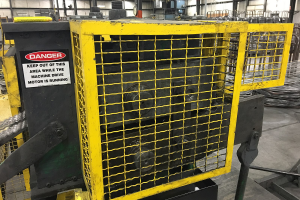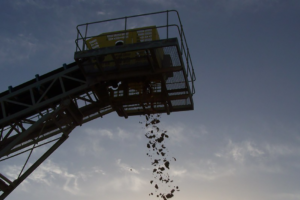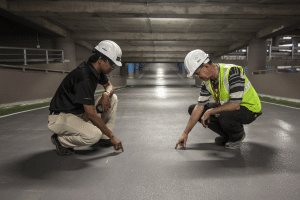OSHA’s multi-employer citation policy upheld; how to respond
A major, relatively new OSHA enforcement tool received backing last week from the U.S. Circuit Court of Appeals in Washington, D.C., and affected employers should make plans to respond if they have not already done so. (Some recommendations are offered a little later in this post.)
Under OSHA’s multi-employer citation policy, a “controlling” employer may be cited for violations involving work performed by contractors, even if none of the employer’s own workers were involved. An employer is deemed to be “controlling” based on the degree of authority it has over a worksite and cannot simply contract away its responsibility for safety to contractors.
The policy has major implications for the way that employers manage worksites where contractors are deployed, particularly in the construction industry.
In a decision last week, the Circuit Court upheld OSHA’s actions against Summit Contractors Inc. OSHA cited the company for providing electrical equipment without ground fault circuit interrupters to its subcontractors in violation of OSHA’s Electrical Wiring Design and Protection standard.
To meet these safety responsibilities I recommend that all controlling employers evaluate the degree to which they control the means and methods of their contractors’ work and implement a program to insure that hazards/violations are identified and corrected.
Six steps to address the challenge
Here are some specific steps controlling employers should take.
1. Controlling employers need to review all contractor and subcontractor safety-related documentation, including all safety programs and policies to insure they are current and address specific hazards, such falls, machine guarding, confined space entry, electrical hazards, etc., to which their employees are exposed or are potentially exposed.
2. Controlling employers cannot eliminate their OSHA liability by contract, but contractual language can be written to limit the controlling employers’ responsibility to correct hazardous conditions. Controlling employers must review contractual language to identify the degree of control that it exercises over other employers.
3. Controlling employers on multi-employer worksites must either inspect the worksite itself or require that subcontractors conduct inspections frequently enough so that the subs have the ability to identify and correct safety and/or health hazards/violations.
4. If these inspection procedures are implemented, it is my opinion that the controlling employer will have exercised reasonable care to prevent and detect hazards/violations on the site. Controlling employers are not normally required to inspect for hazards as frequently or to have the same level of knowledge of the applicable OSHA standards or of trade expertise as the contractor it has hired.
5. Controlling employers must develop a system for subcontractors to monitor their employees, correct hazards/violations and report back to them.
6. The controlling employer must require all subcontractors to immediately report injuries/illnesses to them. The controlling employer must also require that all subcontractors maintain documentation of any worksite injuries or illnesses to their employees, as well any corrective actions that were taken to address any hazardous conditions that led to the injury or illness.
Have updates to this OSHA blog delivered to your email box — Subscribe.


